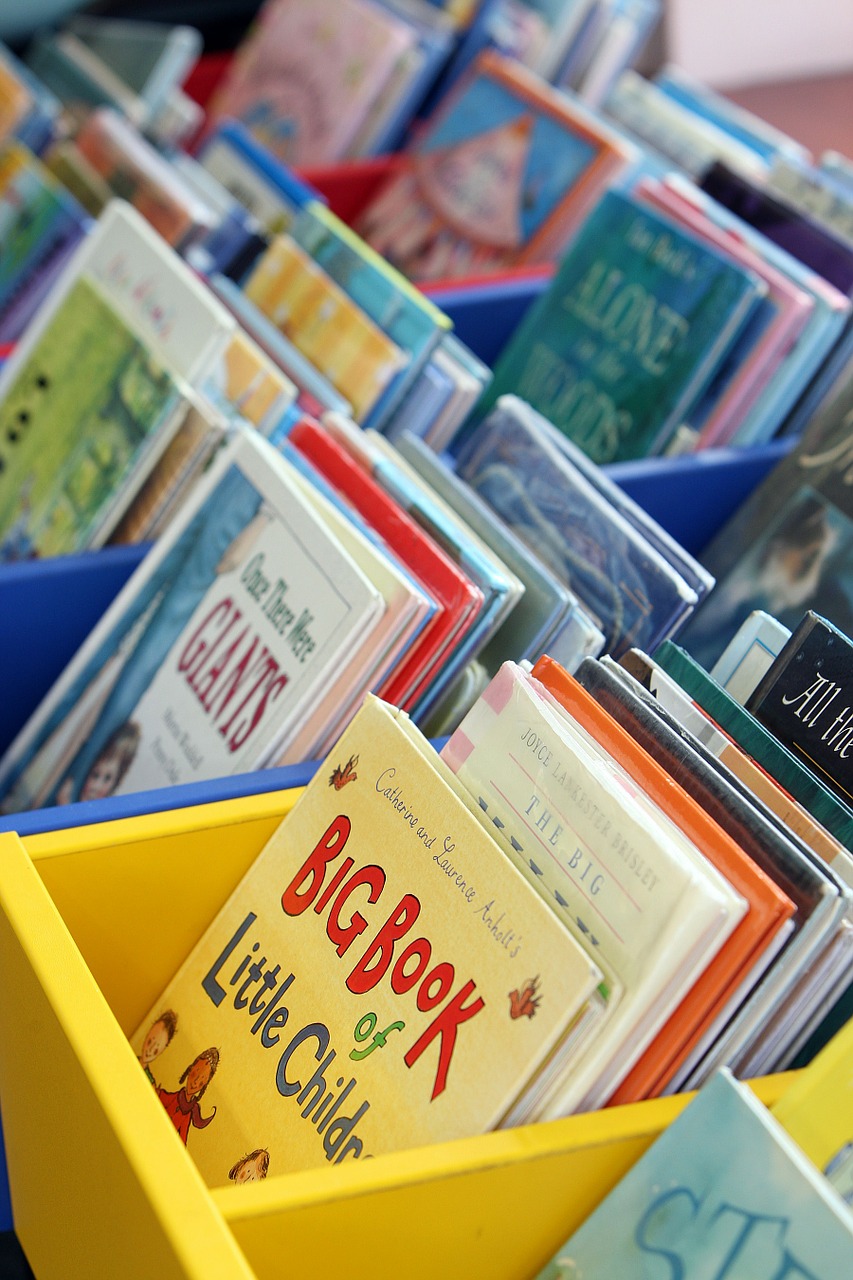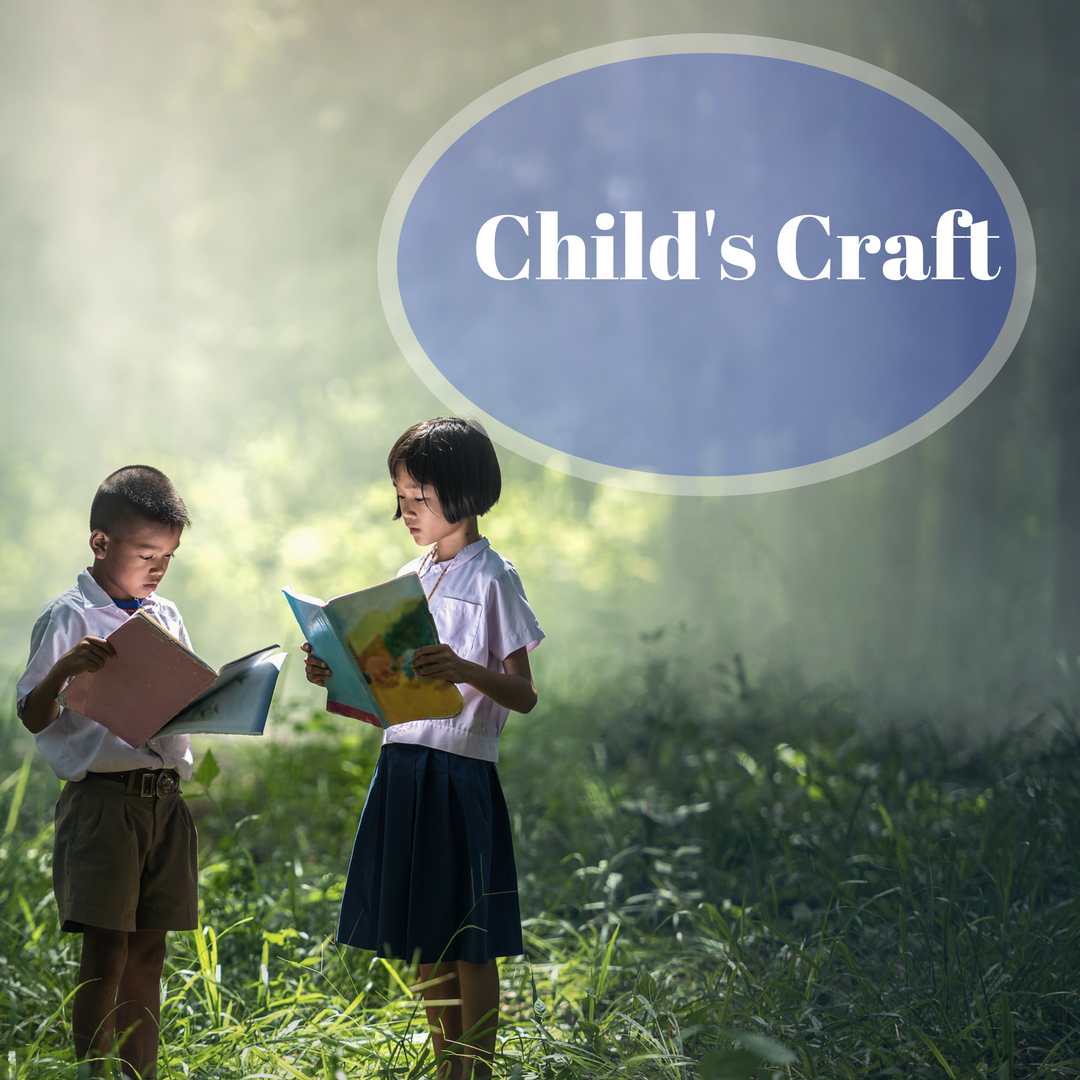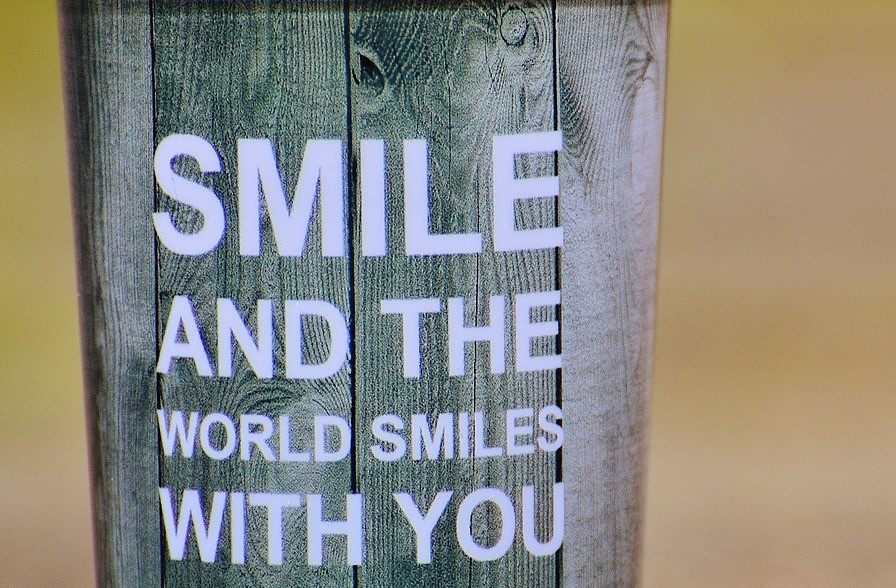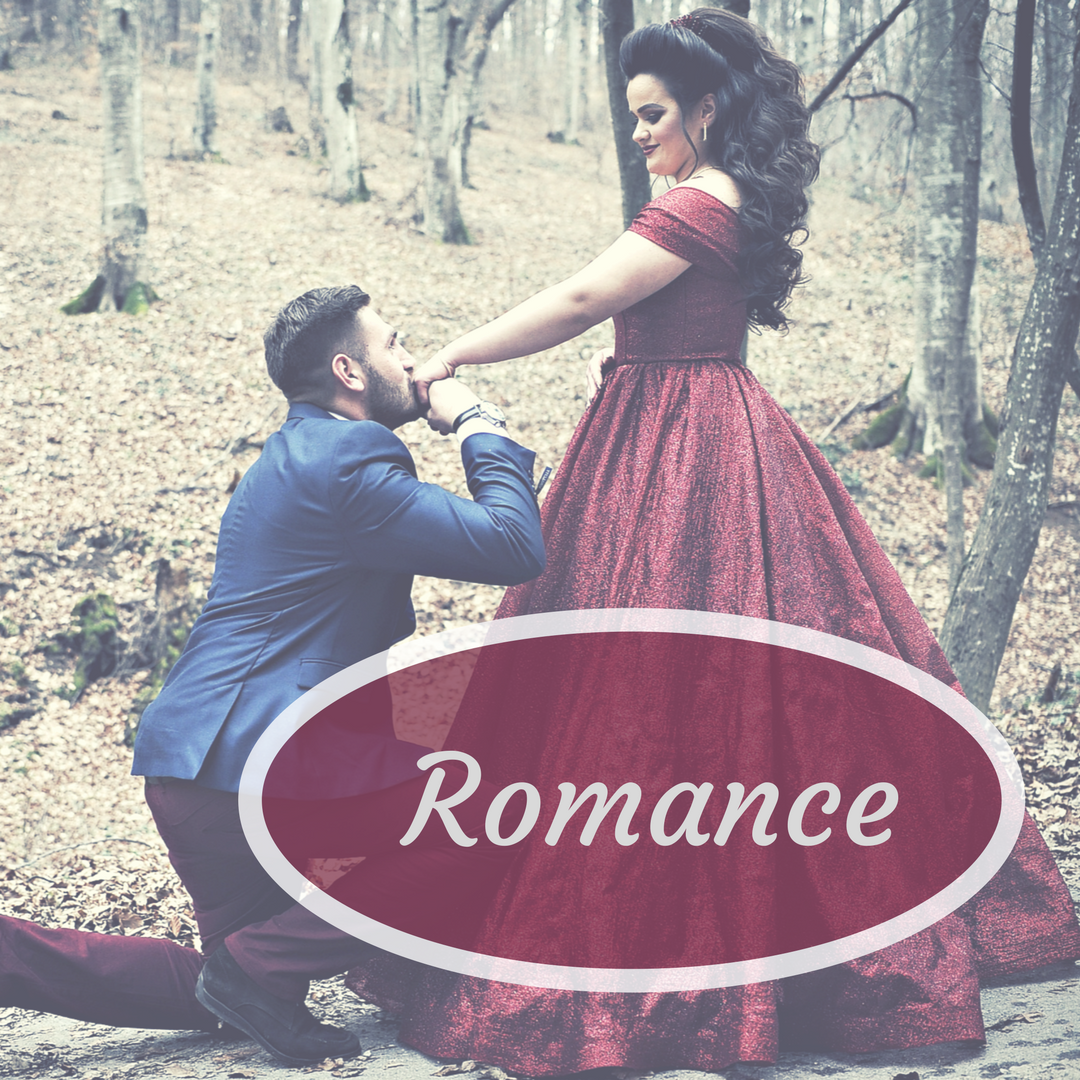Let’s take a look at the layout of Picture Books. Most books, including picture books are produced in pages divisible by eight. Board books may contain as few as 8-16 pages, picture books 24-48 and chapter books 64 and up. However, not all the pages contain text.
The first few pages are the front matter. This includes the title page, dedication page if there is one, copyright page, chapter page, and anything that occurs before the first page of text. Pick up picture books and look at these pages. The text may not start until page 5 or 6. If this is the case, a 32 page book would contain 26 or 27 pages of text or about 13 spreads. A spread is the two facing pages when a book is open. Two pages make a spread.
Back matter is the pages following the end of the story. There may not be any in picture books, but in non-fiction it may contain a bibliography, appendix, or glossary.
The first spread is your introduction. Here, the reader should be able to get an idea of the story ahead. The introduction may occur on the single right page or on a full spread of two pages. Either way, the introduction must grab the reader, entice them, and lure them into the book. This first page must contain just enough words to make the reader wonder what’s in the story and want to turn the page for more. Pique their interest in this introduction.
Think about the pictures that will accompany your text. Your text should be full of action on each page, brilliant colorful scenes, or asks questions to keep the pages turning. If much of your story occurs in conversation around a dinner table, what will the various pictures relay on each page? Children will tire of the same dinner table setting on each page. Think of your story in terms of pictures.
Are cliffhangers written into your story to make the reader want to turn the page? This is where the page needs to turn. Look at picture books and notice where pages turn. Add more action, mystery, or reason for the readers to turn the pages of your book.
If you submit your picture book in paragraph form and the publisher loves it she’ll need to break it down into a 16, 24, or 32-page format. She may decide it’s too much work and reject it. Make her life easier, reduce your chance of a rejection, and break it down for her. This will help you stand out as a professional. She may ultimately change the page layout from what you’ve submitted, but it will make her job easier.
There are many ways to lay out picture books, but I learned to break my story down into spreads, so this is the way I submit. This gets me thinking about the pictures on each page and what the illustrator has to work with to come up with the pictures. Are there too many words for a single page? Maybe I need to shorten the text or add more excitement in some way. So, look at your story in terms of pages and pictures now. We’ll look at formatting this for submission in a later post.




 We love helping your growing in your writing career.
We love helping your growing in your writing career.

No Comments